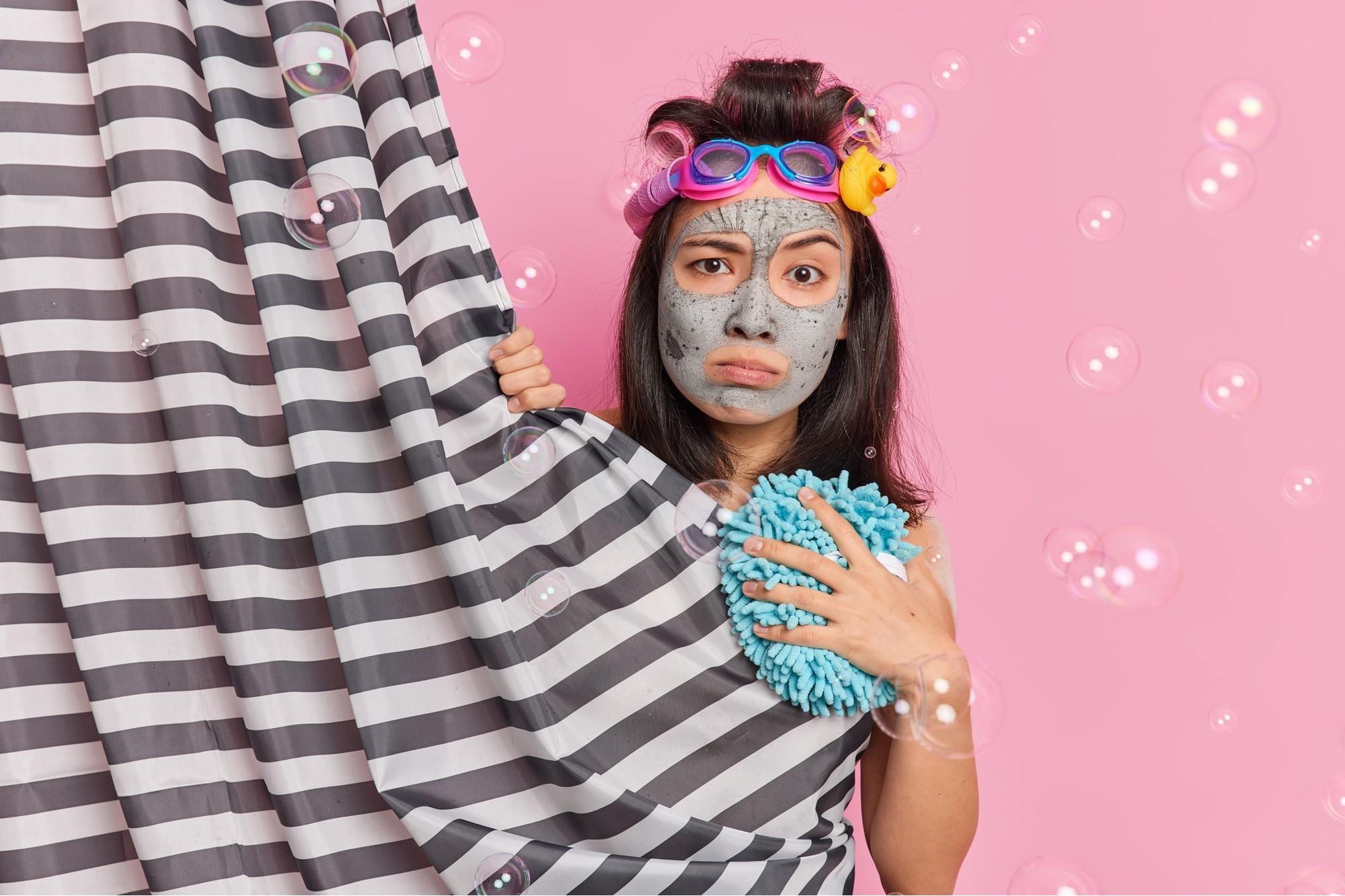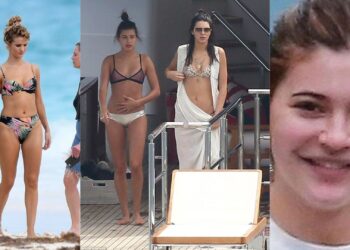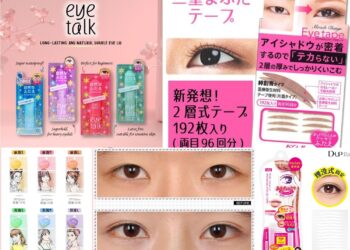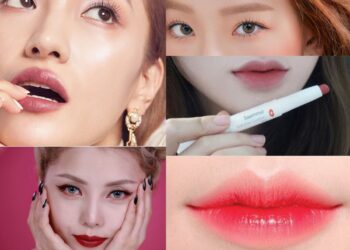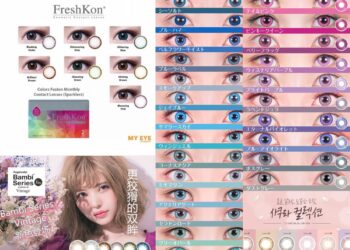Beauty in Asia has been valued and celebrated for centuries, dating back to ancient China and neighboring India, Korea and Japan. For centuries, they had been setting beauty standards for much of Asia. Today, Asian beauty standards set by our ancestors have become more of a negative factor than a positive one, as reflected in the ever-growing beauty industry of Asia.
Here are some beauty standards that have been negatively impacting the Asian community, especially women:
Fair complexion = pinnacle of beauty?
Our skin colour is our identity – it is to differentiate our racial and ethnic identity. However, the colour of our skin is often used as a measuring tool for our social standing and value. Colourism was also linked to social rank in the past. For millennia, lighter skin has been more favoured, as lower-class people have had to labour for long hours in the sun to make a living, thus acquiring darker complexions.
In East Asia – China, in particular – women who are 白富美 (literally translates as fair, wealthy, pretty/beautiful) are thought to be more desirable. In South Korea, society judges one by one’s looks. To add fuel to the fire, skin whitening products are being marketed to women with darker skin tones to convince them that being fairer makes them more desirable.
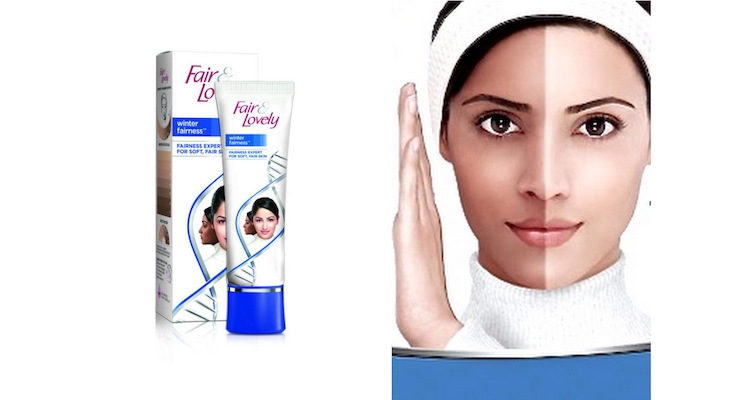
Influence of Social Media
Social Media is also a key player in shaping the modern beauty standards of Asia. The toxic view of beauty is exacerbated by the popularity of K-pop idols and photo apps such as Meitu and Facetune. Apps also offer filters that help you to appear more “beautiful”. This contributes to a toxic culture in which people do not value their own individual beauty or originality.
It also encourages comparisons with others, which can be harmful to mental health. While social media provides a lot of advantages, it also has a lot of disadvantages. Social Media also favours the thinner body shape over curvier body shapes. Even well-known celebrities in Asia are hounded by the media if they gain a bit of weight.
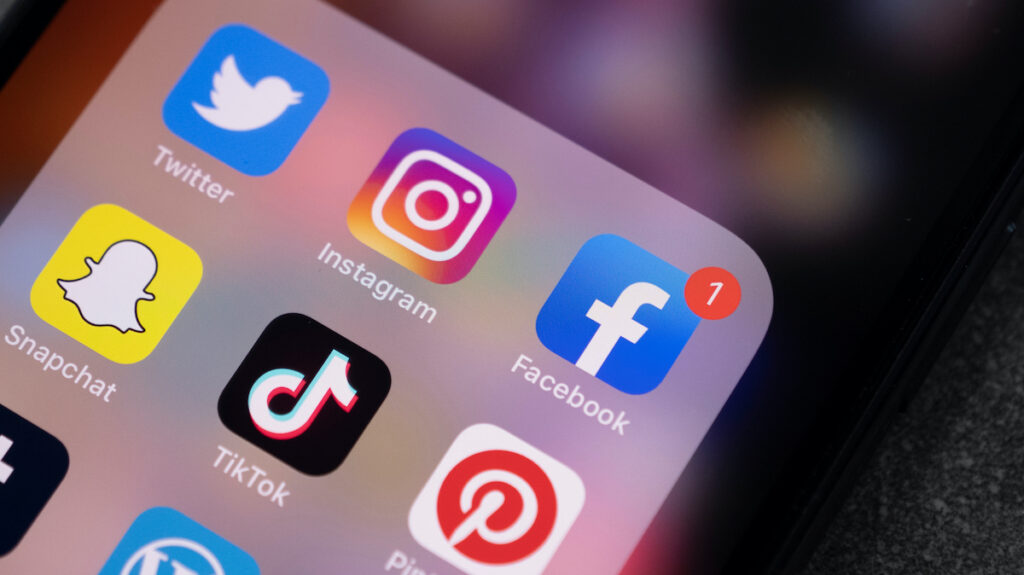
Doll Face = cuter?
Ever since K-wave swept the world, Asian beauty standards are based on looking younger or having a doll face, which is highly sought-after in East Asia.
However, to achieve the doll face, one must have a fair complexion, large eyes with double eyelids, a small nose with a high bridge, and rosebud lips all set on a petite face with a defined, softly pointed chin. Some of the features may not be achievable by the power of makeup – which contributes to the spike in cosmetic surgery procedures performed in both China and South Korea.
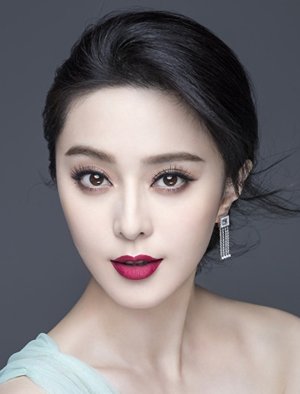
Pardon the cliches, but beauty is in the eye of the beholder, and true beauty is on the inside. Until we embrace these notions, Asians will continue to be oppressed by impossible beauty standards.

